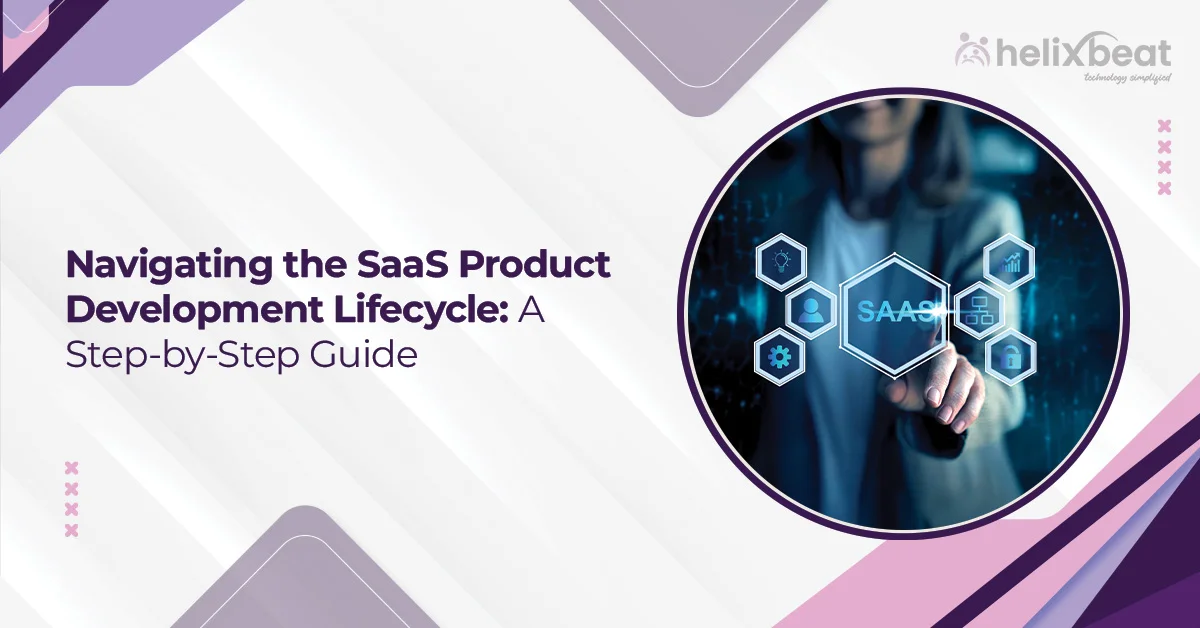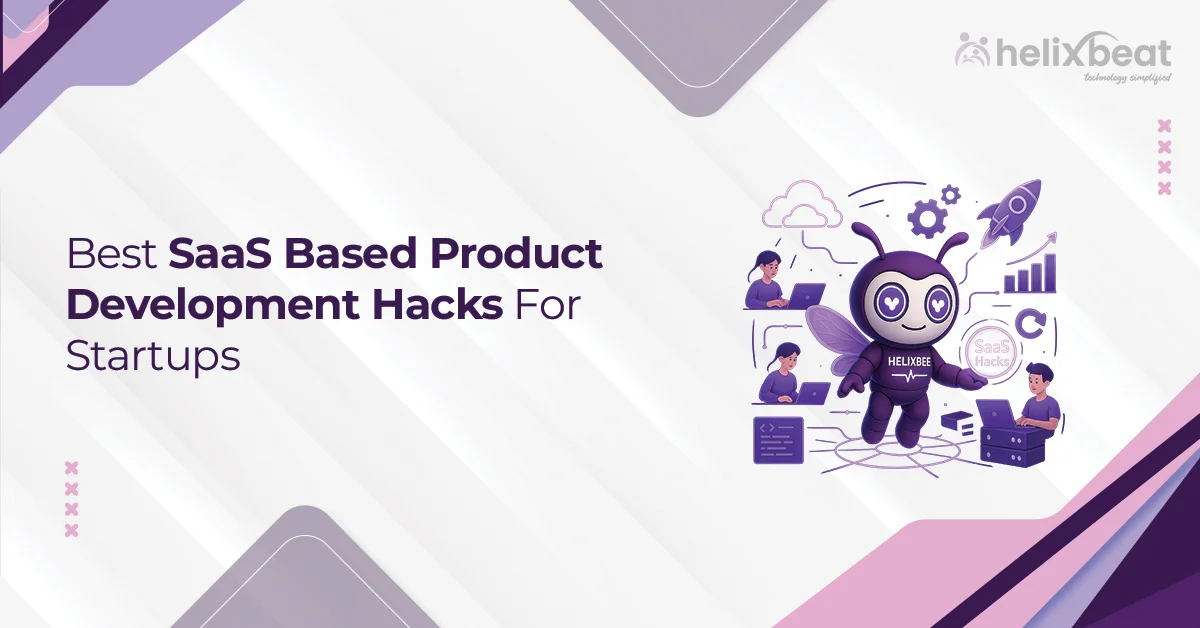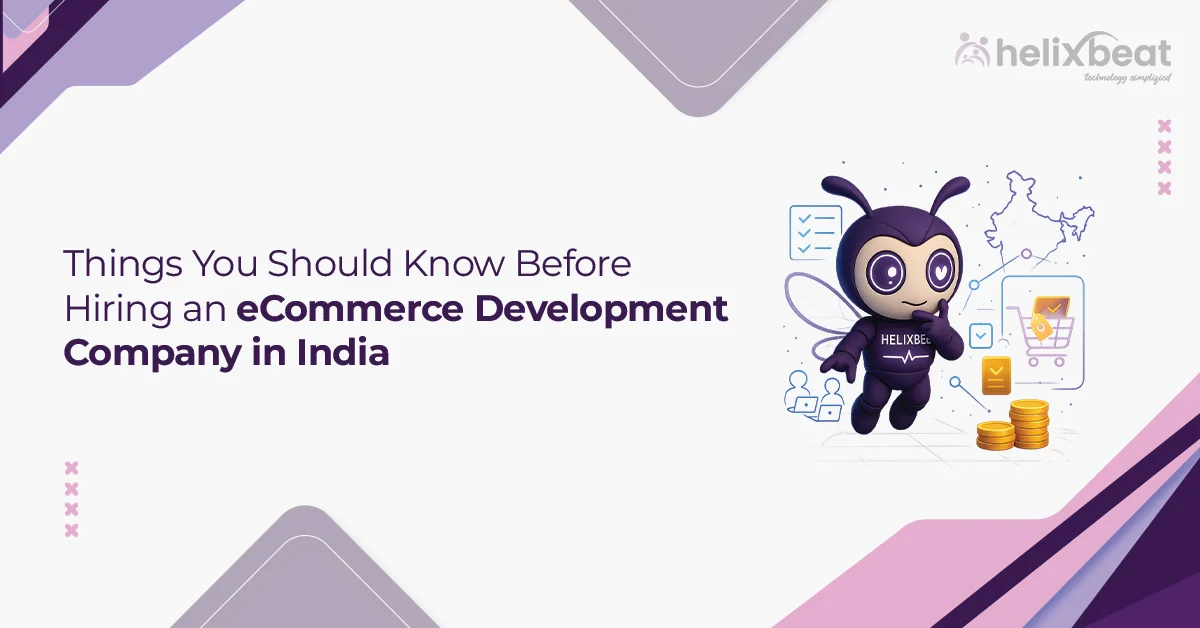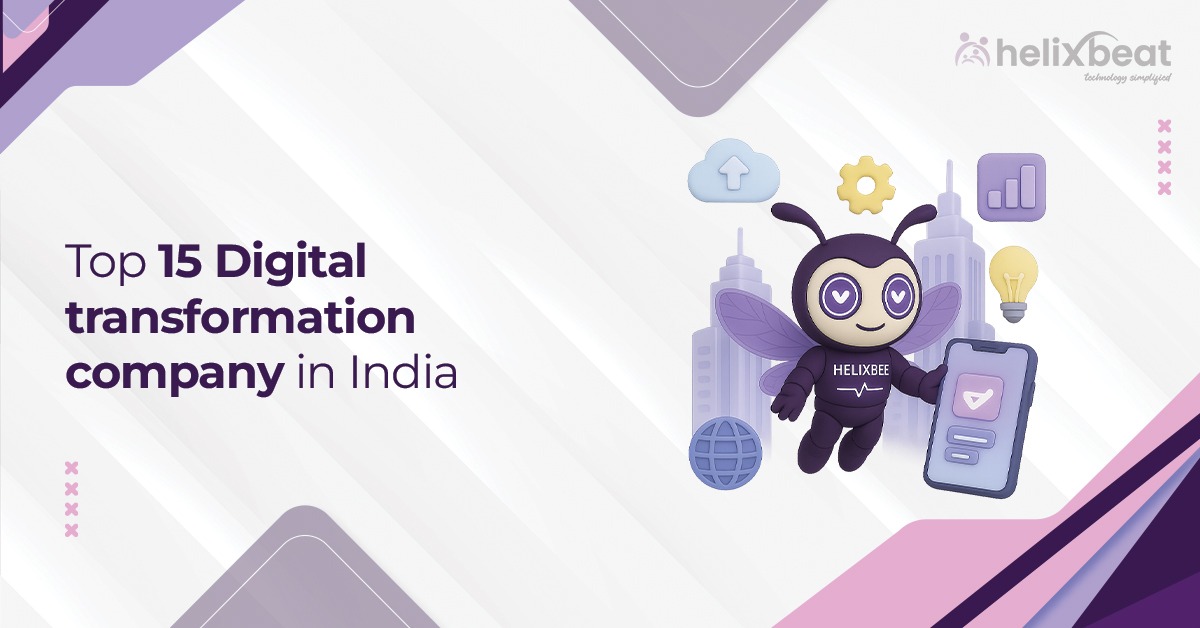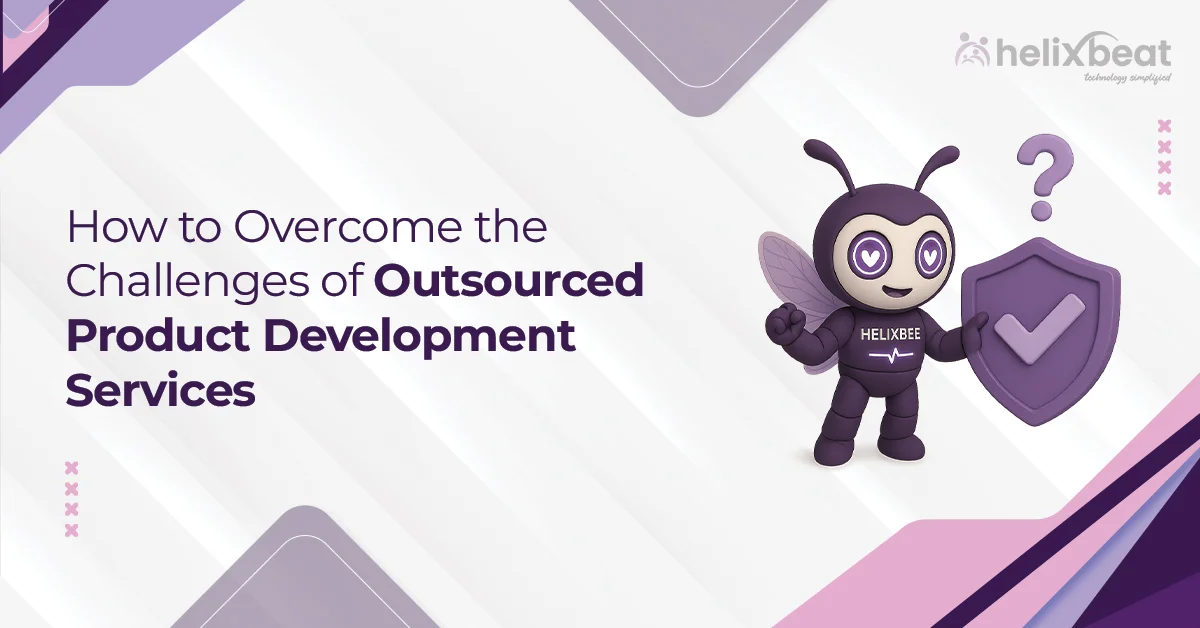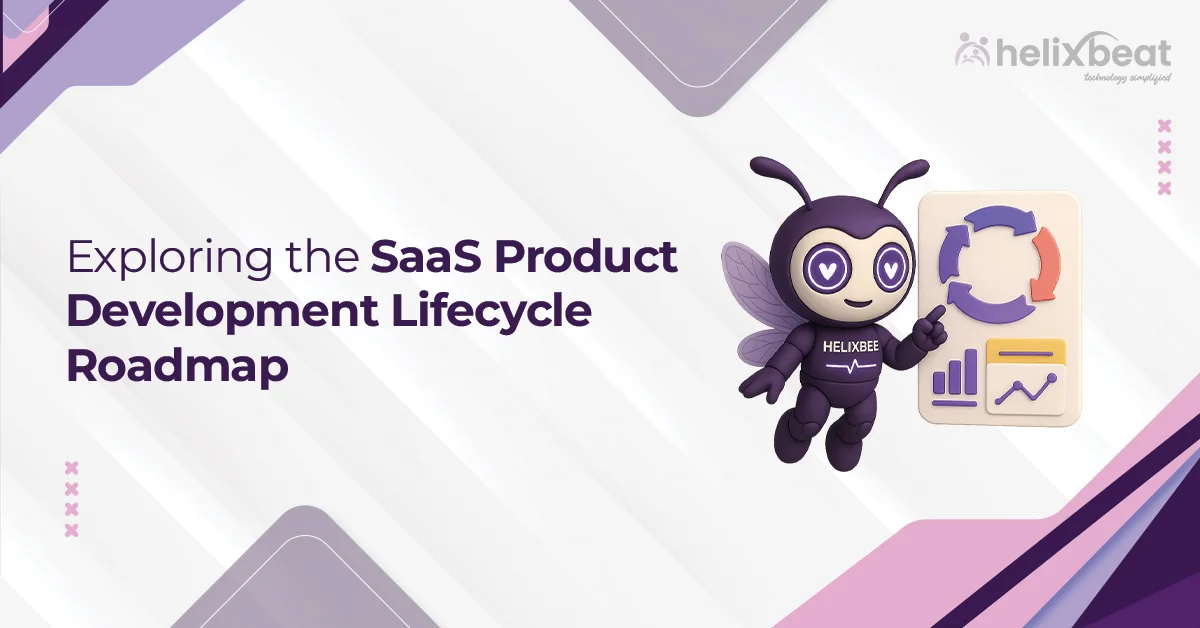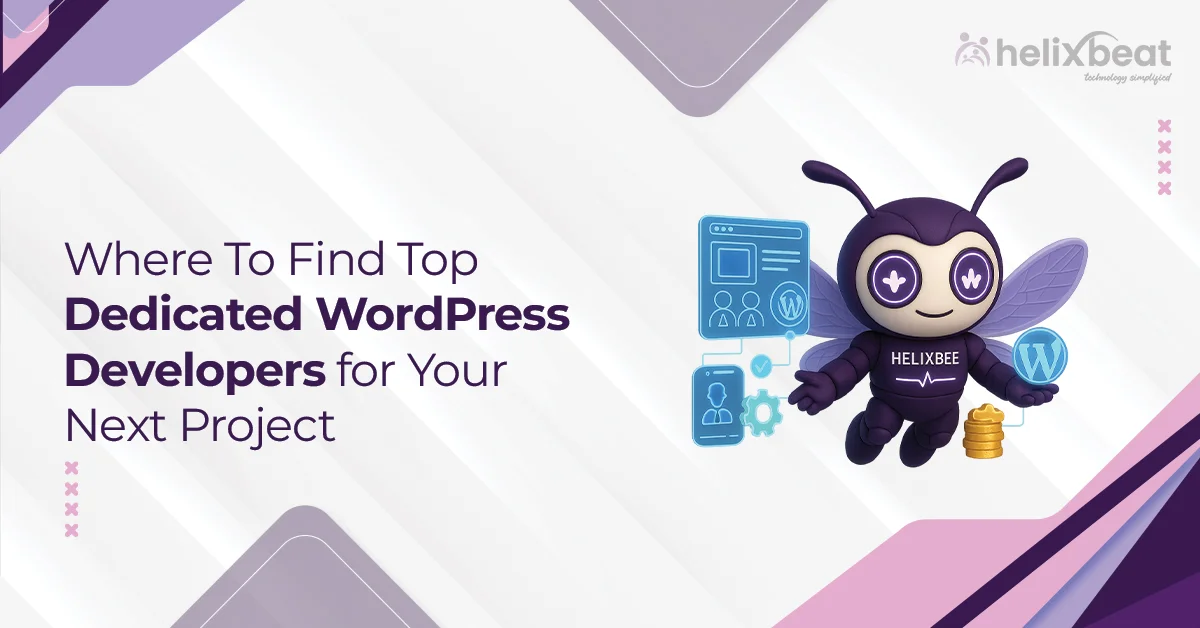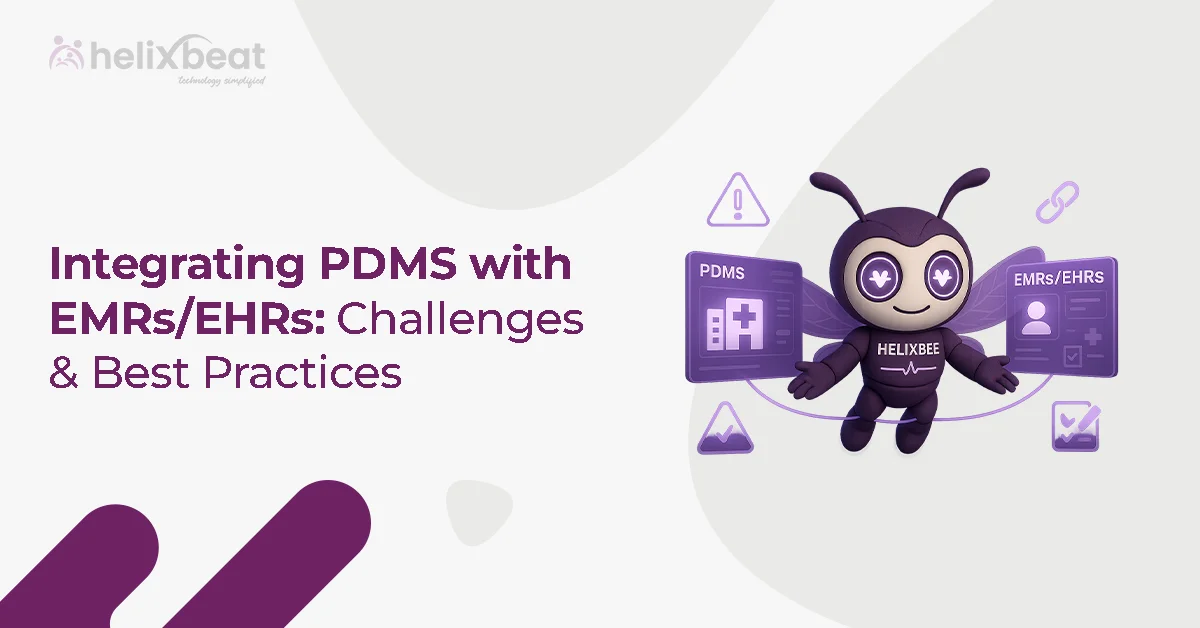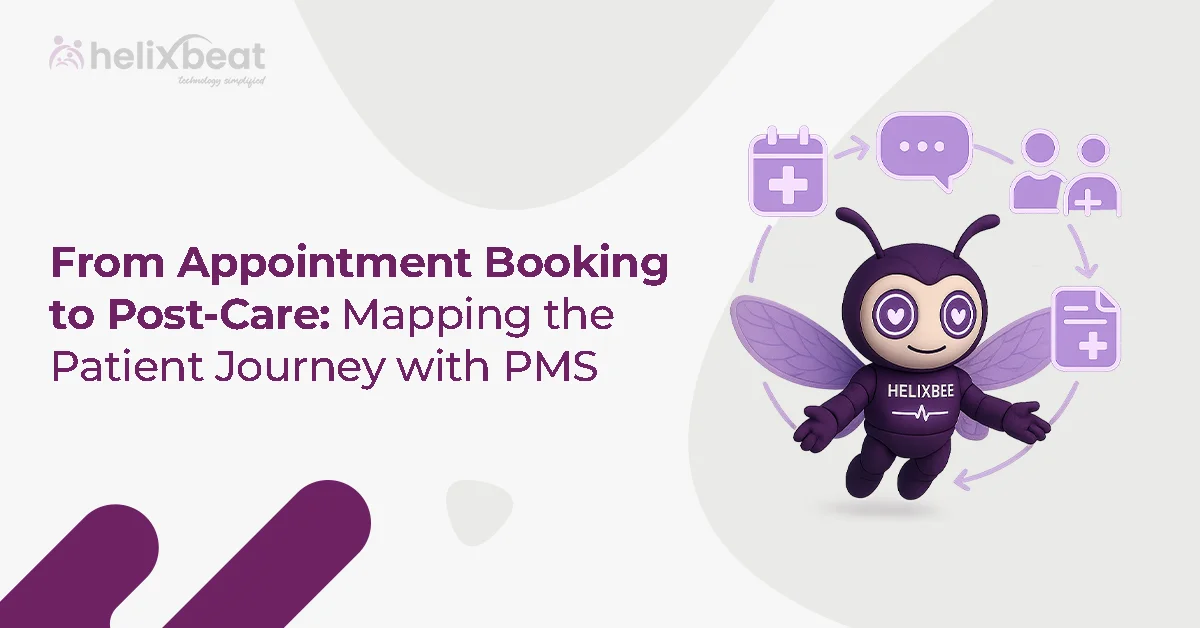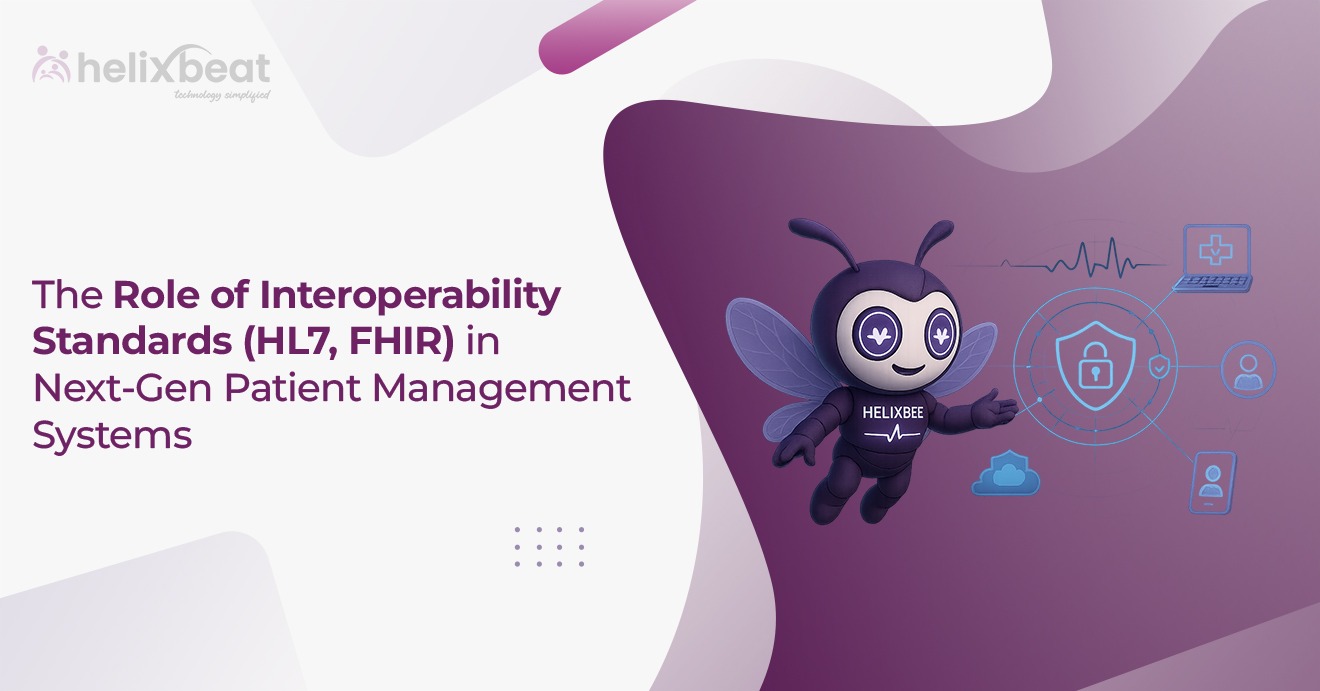Did you know that 75% of SaaS products fail within the first few years due to poor development processes? This statistic underscores the importance of a well-structured SaaS product development lifecycle. Each phase of the product life cycle management is important for your product’s success and staying ahead in a competitive market.
By following a clear product lifecycle management methodology, businesses can streamline development, minimize risks, and optimize resources at every stage. From planning and design to testing and post-launch iterations, each step must be executed with precision to meet user needs and market demands.
Here, we’ll explain the critical stages of the SaaS product development lifecycle, breaking down complex technical terms into actionable insights for maintaining successful SaaS products.

Table of Contents
Overview of SaaS Product Development Lifecycle
The SaaS product development lifecycle is a systematic process that encompasses every stage of building and maintaining a SaaS product, from initial ideation to post-launch updates. It begins with identifying a market need and conceptualizing a solution, followed by detailed planning, design, and development. Once the product is built, it goes through rigorous testing and quality assurance to ensure it meets user expectations and performs seamlessly.
After the launch, the focus shifts to continuous monitoring, gathering user feedback, and iterating the product to improve functionality and scalability. This structured lifecycle, guided by product lifecycle management practices, helps ensure that the SaaS product evolves to meet both business goals and customer needs over time.
Step-by-Step Guide to the SaaS Product Development Lifecycle
The SaaS product development lifecycle is a comprehensive, iterative process that includes several critical phases, each with its own set of activities, tools, and methodologies. This lifecycle ensures that every stage, from concept to post-launch, is optimized for product scalability, performance, and customer satisfaction. Below is an in-depth look at each phase:
1. Ideation and Conceptualization
- Identifying the Problem: Define the problem your product will solve and its value proposition.
- Market Research: Conduct competitive analysis and market research to align the product with user needs.
- MVP Definition: Define the Minimum Viable Product (MVP) with core features, ensuring a strong product foundation.
- Tools & Techniques: Use tools like SWOT analysis and customer personas to clarify product vision.
2. Planning and Design
- Blueprint Creation: Design the product’s technical architecture, user flows, wireframes, and UI/UX.
- Agile Methodology: Use Scrum or other agile practices to manage iterative progress.
- UI/UX Design: Focus on creating intuitive user interfaces, ensuring usability, and a seamless experience.
- Prototyping: Leverage tools like Figma or Sketch to create mockups and ensure design alignment.
- Cloud Infrastructure: Make decisions around SaaS hosting, multi-tenancy, and scalability.
3. Development and Prototyping
- Agile Sprints: Break down development into manageable iterations using the Agile Sprint method.
- Version Control: Use Git to manage code versions and collaboration.
- CI/CD Pipelines: Implement Continuous Integration/Continuous Deployment for automated code testing, integration, and delivery.
- Back-End Development: Build the server-side architecture, APIs, and databases to ensure scalability and flexibility.
- Front-End Development: Develop the user interface using frameworks like React or Vue.js for responsive UIs.
4. Testing and Quality Assurance (QA)
- Automated Testing: Use automated testing frameworks like Selenium or JUnit for unit and integration tests.
- Manual Testing: Perform manual testing for usability, user acceptance, and edge cases.
- Security Testing: Conduct penetration testing and vulnerability assessments to secure sensitive data.
- Performance Testing: Evaluate the product’s performance to ensure it can handle expected loads.
5. Launch and Deployment
- Deployment Preparation: Deploy the product on platforms like AWS, Azure, or Google Cloud.
- Containerization: Use Docker and Kubernetes for efficient scaling and management of the app.
- Feature Flagging: Implement feature flagging for controlled feature releases to avoid disruption.
- DevOps Collaboration: Use Terraform for infrastructure automation and Ansible for configuration management to streamline deployment.
6. Post-Launch Monitoring and Iteration
- Monitoring Tools: Use Application Performance Monitoring (APM) tools like New Relic or Datadog to track performance and errors.
- User Feedback: Gather insights from user analytics and feedback loops to guide future product iterations.
- Data-Driven Decisions: Prioritize improvements using product backlogs and data analytics to enhance the product.
- Continuous Releases: Plan and deploy regular updates and feature releases to meet evolving user needs.
7. Ongoing Maintenance and Support
- Continuous Monitoring: Keep monitoring the product’s performance to maintain reliability and prevent issues.
- Bug Fixing & Updates: Regularly release patches for bugs, security issues, and feature enhancements.
- Customer Support: Offer ongoing technical support to address user inquiries and resolve issues.
- Product Evolution: Use product lifecycle management methodologies to ensure the product evolves according to business goals.
By following this structured SaaS product development lifecycle, businesses can ensure that their product meets both current and future demands, delivering a seamless and scalable experience for users while continuously improving and adapting to market changes.
Product Development Process Examples
1. Slack: Messaging Platform
Slack and Spotify provide excellent examples of successful SaaS product development processes. Slack, initially created as an internal tool at Tiny Speck for team communication, evolved into a widely-used messaging platform by focusing on an intuitive user interface and seamless integrations with tools like Google Drive and Dropbox.
Their development process followed Agile methodologies, releasing an MVP with core features such as messaging and file sharing, and continuously iterating based on user feedback through automated testing.
As of 2021, Slack had over 18 million daily active users, reflecting its growth since its gradual launch. The company continued to add new features, refining the product to meet user demands.
2. Spotify: Music Streaming Service
Spotify, on the other hand, aimed to solve music piracy by offering a legal, accessible streaming service. The company focused on building a seamless UI/UX and personalized music recommendations across multiple platforms. Their development followed an Agile approach, with an MVP that allowed users to stream music and create playlists.
Spotify’s automated and manual testing ensured the platform’s reliability, and post-launch, they continually iterated on features such as podcast integration and enhanced recommendation algorithms to increase user engagement.
As of 2022, Spotify boasted over 400 million monthly active users, highlighting the success of its ongoing product development and iteration.
Both platforms leveraged a robust development lifecycle to scale successfully while adapting to evolving user needs.
Helixbeat’s SaaS Product Development: Building Scalable and Reliable Solutions
At Helixbeat, we specialize in SaaS product development, helping businesses create scalable and secure solutions that support growth. Our team follows a clear SaaS product development lifecycle, from planning to post-launch updates, making sure every step is optimized for success.
We use Agile methods to build flexible products customised to your needs, focusing on continuous testing, performance improvements, and cloud management. Whether you’re launching a new SaaS product or improving an existing one, we make the process smooth and effective.
Work with us to create a SaaS product that grows with your business. Contact us today to begin your development journey.
FAQ:
1. What is SaaS product development?
SaaS product development involves creating cloud-based software that users access via the internet. It focuses on delivering scalable, secure, and continuously updated solutions that provide users with flexible, on-demand access to software.
2. What are the phases of SaaS growth?
The phases of SaaS growth begin with identifying market needs and conceptualizing the product. This is followed by developing an MVP, launching and marketing the product, scaling and optimizing its features, expanding offerings as the product matures, and finally ensuring long-term relevance with continuous updates and iterations.
3. What is the SaaS model of development?
The SaaS model of development delivers software through the cloud with a subscription-based pricing model. This model emphasizes scalability, security, and ongoing updates, using Agile methodologies to ensure rapid iteration and integration of customer feedback.
4. Short note on product life management cycle
The product life management (PLM) cycle refers to the stages a product undergoes from its initial conception to its eventual retirement. It helps manage the entire product lifecycle, ensuring the product remains relevant and competitive while optimizing costs and resources.
5. What is product lifecycle management methodology?
The product lifecycle management (PLM) methodology involves overseeing a product’s lifecycle from start to finish. It focuses on streamlining processes, improving collaboration, and ensuring each phase is optimized for efficiency, quality, and faster time-to-market.



